Efforts to create a world free of scourge of war and conflict: the role of mediation and good offices Research shows that in 2015, there were some 40 active armed conflicts, the highest number since 1999 and an increase of 18 per cent over 2013. The human cost and suffering caused by armed conflicts and violence in the world is today still high. Since the United Nations was not incepted only in the name of nations or states, but also as commitment by and to the «peoples» of the United Nations, its responsibility to save succeeding generations from the scourge of war is still alive. Therefore, its founding vision based on human rights and fundamental freedoms remains no less important so today. In order to create a more peaceful world, the Charter of the United Nations established in its article 1 and 2 the following “purposes and principles", inter alia: the prohibition of acts of aggression or other breaches of the peace, the development of friendly relations among nations, the self-determination of peoples, the enhancement of international co-operation, the promotion of human rights and fundamental freedoms, the settlement of international disputes by peaceful means, the prohibition of threat or use of force against the territorial integrity or political independence of any state. The principles codified in the previous articles of the Charter constitute the basic foundational principles of the whole body of international law. In this perspective, the Charter is considered as the most important peace constitution of the international community. Chapter VI of the Charter, which is devoted to the pacific settlement of disputes, states in its article 33 that the parties to any dispute shall seek a solution by negotiation, enquiry, mediation, conciliation, arbitration, judicial settlement or other peaceful means of their own choice. Parties involved in a conflict are explicitly obligated to deploy active efforts with a view to settling the dispute existing between them. The responsibility of the parties to a dispute continues to exist even after armed activities have begun. It is precisely in situations of armed conflict that endeavours for a peaceful solution must continue. All parties involved in an armed conflict are repeatedly called to work for the urgent achievement of a solution. In the 2005 World Summit Outcome of 2005, Member States emphasized the obligation of States to settle their disputes by peaceful means in accordance with Chapter VI of the Charter, the use of the International Court of Justice and the Declaration on Principles of International Law concerning Friendly Relations and Cooperation among States in accordance with the Charter. As set out by the General Assembly a responsible and credible mediation requires, inter alia, national ownership, the consent of parties to a particular dispute or conflict, the impartiality of the mediators, their compliance with agreed mandates, respect for national sovereignty, compliance with obligations of States and other relevant actors under international law, the operational preparedness of the mediators, and coherence, coordination and complementarity of mediation efforts. In September 2010, Finland and Turkey took the initiative to create a group of Friends of Mediation at the United Nations to bring together various actors involved in mediation and to push for enhanced use of this pacific settlement of dispute. After long and intensive negotiations, the Group presented its first resolution entitled “Strengthening the role of mediation in peaceful settlement of disputes, conflict prevention and resolution" before the General Assembly in June 2011. The UN Secretary General described the resolution, which was adopted by consensus, as “a groundbreaking development that positions the Organization as a standard setter of mediation". To surprise of many, it was the first-ever resolution on mediation adopted by the United Nations. The Mediation for Peace and the Istanbul Conference on Mediation held in February 2012 offer an opportunity to re-energize our efforts in this direction. As indicated by the Secretary-General’s report on this topic, strengthening the mediation capacity and enhancing the mediation efforts of the United Nations is our common goal. This is of utmost importance today, especially when the number of conflicts is on the rise again. In 2014, the General Assembly reiterated in its resolution 68/303 that all Member States should strictly adhere to their obligations as laid down in the Charter of the United Nations, including in the peaceful settlement of disputes, conflict prevention and resolution; welcomed the contributions of Member States, as well as of the United Nations and of regional and subregional organizations, to mediation efforts and invited Member States, as well as the United Nations and regional and subregional organizations to continue to optimize the use of mediation and other tools mentioned in Chapter VI of the Charter. Resolution 68/303 followed two earlier resolutions on mediation (resolutions 65/283 and 66/291), in which the General Assembly reaffirmed the role of mediation in the peaceful settlement of disputes, conflict prevention and resolution. This report builds on my two previous reports on mediation - the first in 2009 to the Security Council following its high-level debate on mediation in 2008 (S/2009/189) and the second in 2012 (A/66/811), which included the “Guidance for Effective Mediation", developed at the request of the General Assembly. That corpus of work advanced a shared understanding of mediation and developed a framework for strengthening the norms, institutions, practices, partnerships and resources for more effective mediation for the prevention, management and resolution of conflict. In this report, the Secretary-General states that he believes « … in genuine partnerships between the United Nations and regional and subregional organizations to build mediation capacity and deepen strategic and operational cooperation in carrying out mediation. Those partnerships must draw upon the resources and the comparative advantages of different organizations, ensure clarity of roles and responsibilities based on comparative advantage and complementarity, and promote the principles of the Charter of the United Nations and international law in mediation endeavours» (para. 3). Currently, there are seven trends in conflict, such as the considerable number of low-intensity conflicts; the multiplicity of conflict actors and interests involved, often transcending borders, and the increasing number of substantive issues that need to be addressed by mediators; the diversity of mediation actors; the growing recognition of the constructive role of local “insider" mediators; the demands of civil society actors, such as youth and women groups, to take their rightful place and be heard in political transitions and mediation processes; the emphasis on implementing legal and normative frameworks; and the fact that mediation does not end with the signing of a peace agreement, but continues to be a critical tool in efforts to support compliance with and implementation of agreements. In the context of conflict prevention, States have the primary responsibility to protect civilians and to respect and ensure the human rights of all individuals and to protect its population from war crimes, ethnic cleansing and crimes against humanity. In accordance with resolution 2171 on conflict prevention of 2014, the Security Council unanimously acknowledged that “… serious abuses and violations of international human rights or humanitarian law, including sexual and gender-based violence, can be an early indication of a descent into conflict or escalation of conflict". David Fernandez Puyana, PhD, LLM and MA |


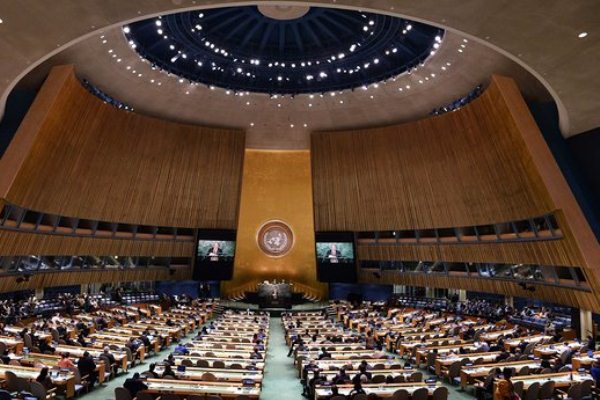




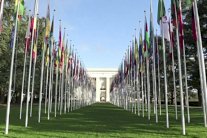
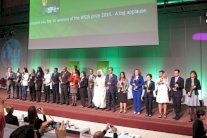

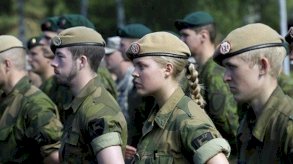
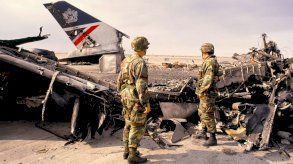
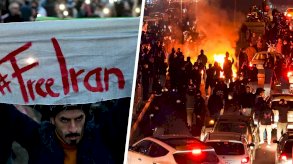
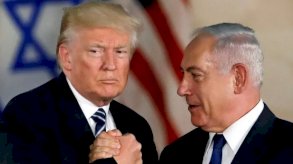
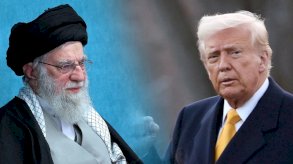


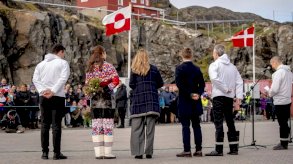

التعليقات